Nepal is a country of contrasts and extraordinary beauty, nestled between the towering Himalayan peaks and the deep jungles of the Indian plains. This landlocked country, which is about the size of Arkansas, is a mysterious intersection where ancient cultures, enduring customs, and grand landscapes come together. Eight of the ten tallest mountains in the world, including the daunting Mount Everest, rise impressively along its northern border, drawing trekkers and mountaineers from all over the world. However, the geology of the nation descends from these freezing peaks to subtropical woods, providing a distinctive biodiversity that includes elusive animals like snow leopards, Bengal tigers, and one-horned rhinos.
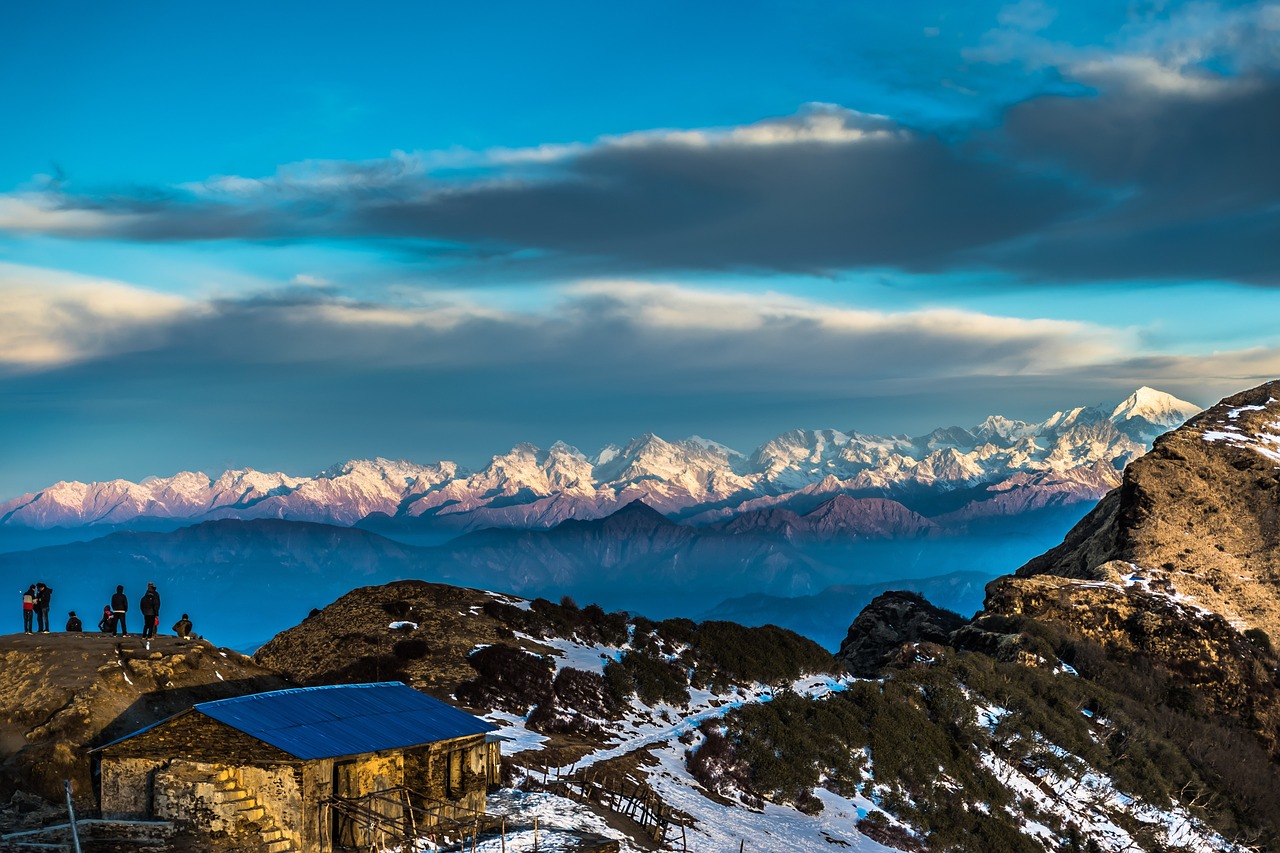
But Nepal is more than just stunning natural beauty. The country hums with spiritual energy, which is visible in the serene monasteries situated atop hills, the sacred temples along the banks of old rivers, and the historic city squares of Kathmandu. The Nepali people, a melting pot of races and cultures, are renowned for their friendliness and hospitality whether they come from booming metropolis or remote mountain villages. The history of Nepal is woven together by kingdoms, invasions, and a vibrant blending of Buddhism and Hinduism. Festivals, rituals, and even the architecture show this spiritual and cultural mingling, depicting a country that has always been on the cusp of change but is deeply ingrained in its history. Let’s embark on a journey to discover all of them.
Recommended Read: Top Destination In Nepal
Table of Contents
Kathmandu Valley
The cultural and historical center of Nepal is the Kathmandu Valley, which is tucked away in the foothills of the Himalayas. The valley is a vivid tapestry of palaces, temples, and historic landmarks that spans a vast urban stretch that includes three important cities: Kathmandu, Patan, and Bhaktapur. The political and cultural life of Nepal is centered in Kathmandu, the country’s capital, where people perform age-old rituals at revered temples like Pashupatinath and Swayambhunath and artisans work on traditional crafts in the city’s winding, narrow streets. Each of the cities’ famous Durbar Squares, which include ornately carved wooden latticework, massive pagodas, and storied statues that tell tales of the Malla monarchs and their legendary rule, serve as a testament to the valley’s rich medieval heritage.
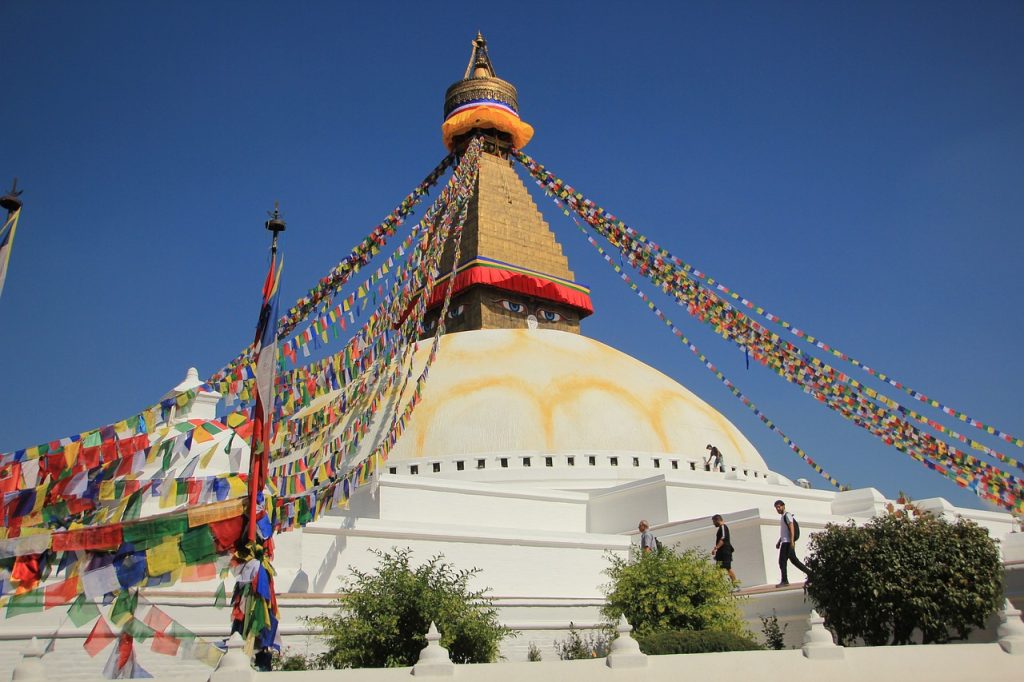
However, the Kathmandu Valley is more than just a historical record. It is a lively, developing area that successfully harmonizes heritage with modernity. The environment is dominated by historic sites and old rites, yet the valley also buzzes with modern cafes, crowded marketplaces, and cutting-edge art galleries. Visitors may have a unique and immersive experience thanks to the contrast of the ancient and modern, which transforms the Kathmandu Valley into a charming synthesis of the ages. The valley will always serve as a symbol of Nepal’s enduring spirit and cultural diversity because to its people’s tenacity, which was especially evident in the recovery efforts following the 2015 earthquake.
Lumbini
As the birthplace of Siddhartha Gautama, better known as Lord Buddha, Lumbini is treasured by millions of people throughout the world as the pinnacle of calm and spiritual gravity. This holy location, which can be found in Nepal’s Rupandehi District, is rich in both spiritual resonance and historical significance. The Mayadevi Temple, which was built in honor of Siddhartha’s mother, Queen Mayadevi, punctuates Lumbini’s calm atmosphere. The Marker Stone, which is believed to locate the precise spot of Buddha’s birth, is kept inside the temple. The Ashoka Pillar, which Emperor Ashoka built nearby and has an inscription confirming Lumbini as the birthplace of Buddha, is a witness to the city’s long-standing spiritual significance. It was built in 249 BC.
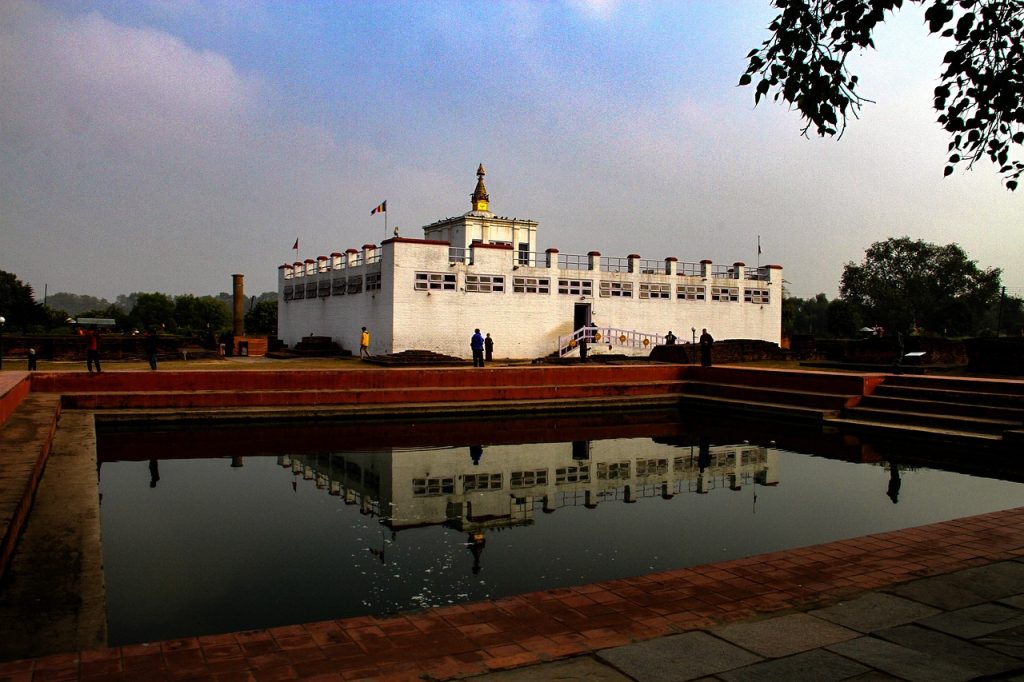
However, Lumbini is also a symbol of the universal message of peace that Buddha spread, not merely of his beginnings. The lush Lumbini Garden, which is dotted with serene monasteries, stupas, and meditation centers constructed by several nations, is a reflection of the widespread awe for Buddha’s teachings. Lumbini’s reputation as a beacon of enlightenment and introspection for seekers from all over the world is reaffirmed when pilgrims meditate by the Sacred Pond, where Mayadevi is fabled to have bathed before giving birth. The number of Buddhist visiting in Buddhist circuit and cultural tour are increasing every year to see the birth place of lord Buddha.
Recommended Read: Trekking in Nepal: A Spiritual Journey
Chitwan National Park
Chitwan National Park, which is dispersed over Nepal’s southern landscapes, stands as a lively example of the nation’s rich biodiversity and dedication to conservation. The park, which was founded in 1973 and later designated as a UNESCO World Heritage Site, covers 932 square kilometers of subtropical lowland and is home to a variety of ecosystems, from dense forests to marshy grasslands. An astonishing variety of wildlife may be found in Chitwan’s expansive landscapes, including rare animals like the majestic Bengal tiger, the one-horned rhinoceros, and the secretive Gharial crocodile. The park’s diversity doesn’t stop there; it also serves as a haven for over 500 different bird species, making it a haven for birdwatchers.
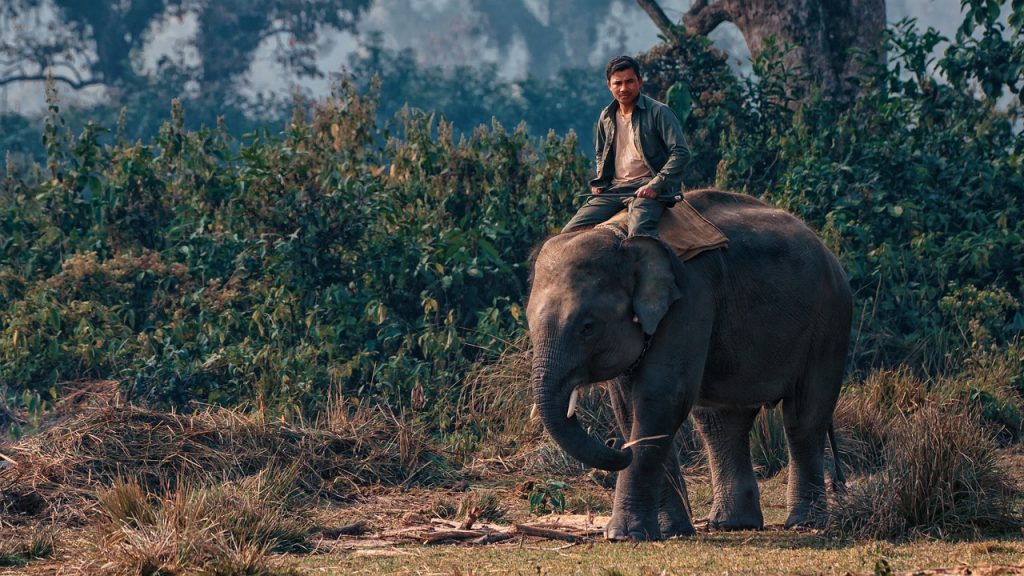
But Chitwan’s appeal extends beyond its animal inhabitants. Additionally, the indigenous Tharu community, who have lived on these lands for millennia, is represented as a living museum. Their distinctive culture and traditions, which are closely linked with the cycles of the natural world, provide insights about how to live in harmony with the environment. Chitwan National Park provides an immersive experience that connects the wild beauties of nature with the resilient spirit of its locals, whether it is the thrill of a jungle safari, the peace of a canoe trip on the Rapti river, or an intimate cultural performance by the Tharu community.
Sagarmatha National Park
Sagarmatha National Park, which spans a breathtaking portion of the eastern Himalayas, is a place where nature’s grandeur reaches its highest points. The 1,148 square kilometer park, which is dominated by the famous Mount Everest, or “Sagarmatha” as it is known locally, spans an altitude range of 2,845 meters to the towering 8,848 meters of Everest’s peak. A wide variety of ecosystems are supported by this extreme altitude change, from lush pine and hemlock forests at lower elevations to glacial landscapes and rough terrain above tree line. Along with being a refuge for hikers and mountaineers, the park is also home to a diverse array of animals, including as the snow leopard, red panda, and Himalayan tahr.
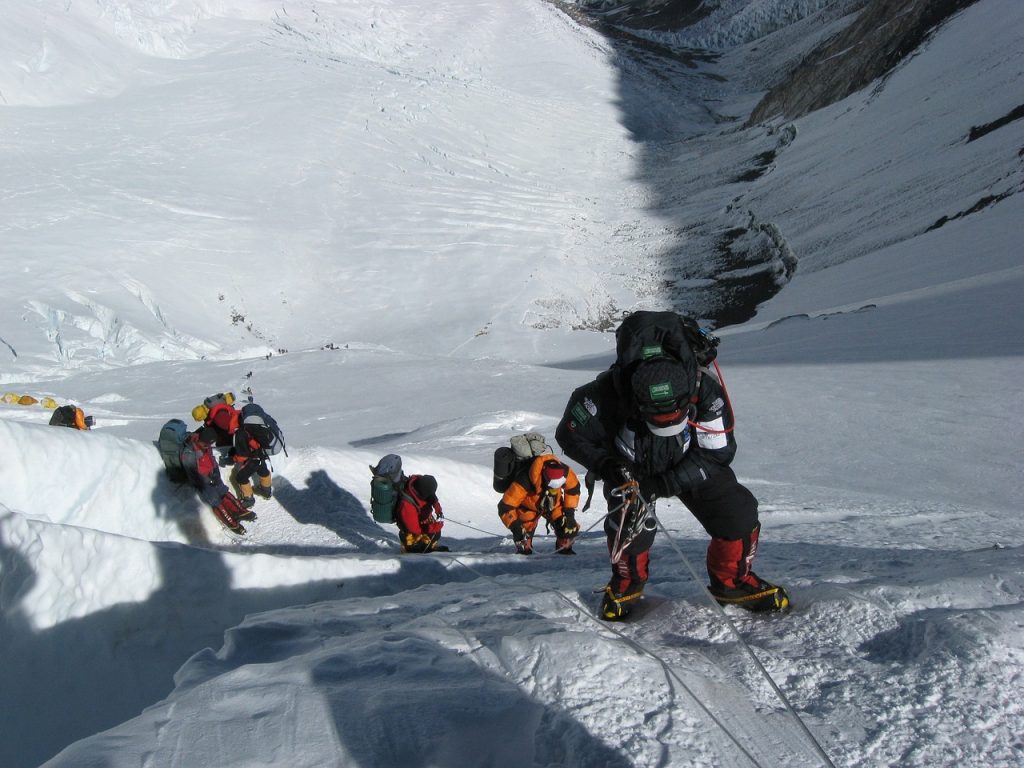
Beyond its natural splendors, Sagarmatha National Park is also a cultural repository for the Sherpa people, who have long coexisted peacefully with the mountains. The park is peppered with colorful monasteries, chortens, and traditional Sherpa homes, bearing witness to a way of life influenced by the beats and rigors of the high Himalayas. Visitors to Sagarmatha are treated to a profound fusion of natural beauty and cultural richness, making their journey an experience of both outer exploration and inner reflection. As the fluttering prayer flags send out their spiritual messages with the mountain winds and the melodic chants reverberate through the valleys.
Sagarmatha National park is popular for trekking. Everest base camp trek is considered as world popular trekking route for adventure and nature lovers. As you know world highest mountain Mt Everest lies in this region, adventure lovers visit for peak climbing and mountain expedition including world popular Everest expedition.
Conclusion
Only a small portion of Nepal’s UNESCO World Heritage Sites offer a window into the heart of the nation. Each location, whether it be cultural or natural, serves as a reminder of Nepal’s rich history and dedication to preservation. You become more than just a traveler as you explore these locations; you become a part of Nepal’s eternal story. Prepare yourself and become lost in the stories of this Himalayan wonderland.

